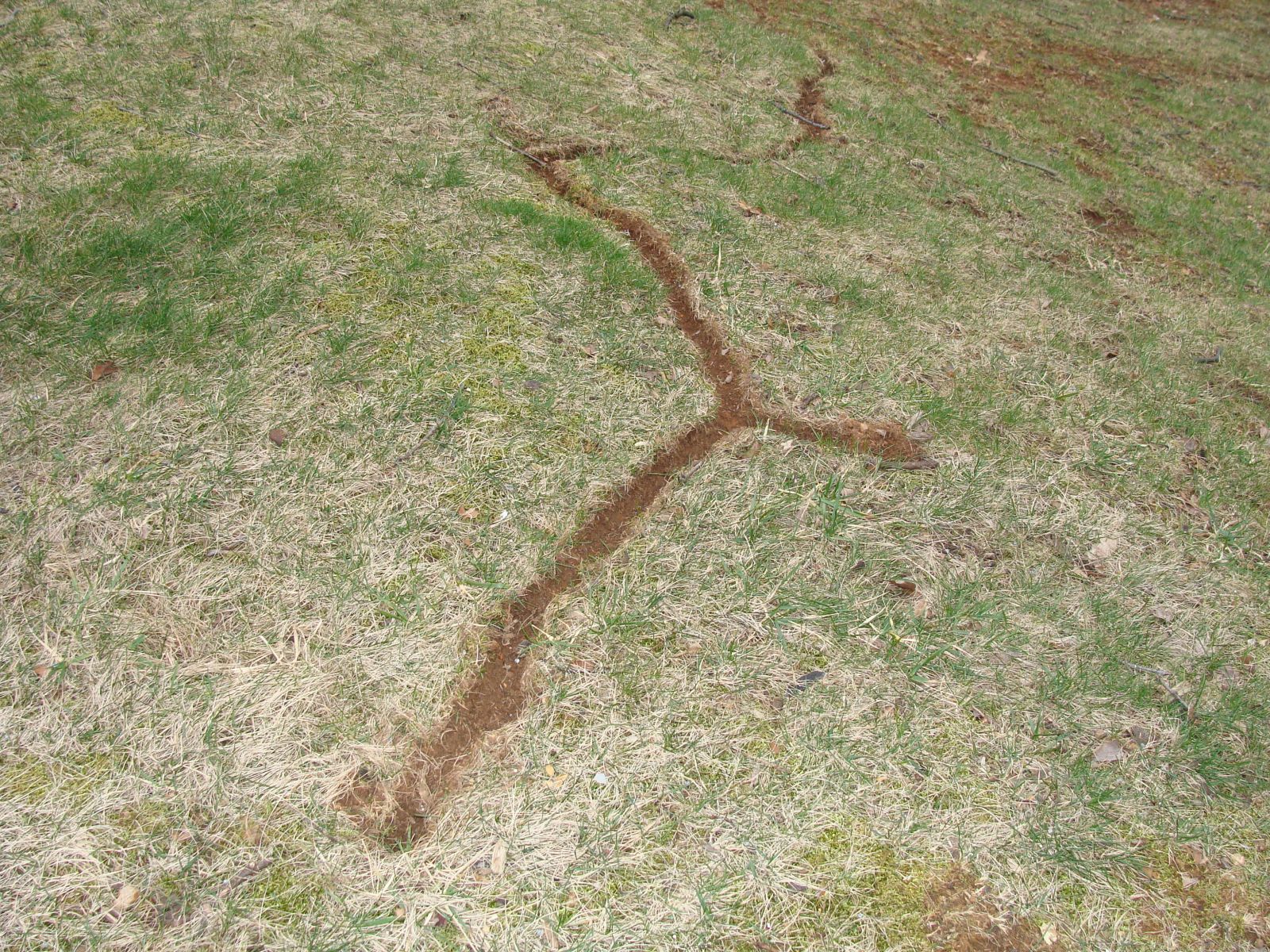Expert Vole Control Services: Utah's Relied on Option
Wiki Article
Mastering Vole Pest Control: Extensive Insights on Invasion Prevention and Therapy Methods
By acknowledging the refined indicators of vole invasion early on, we can take aggressive procedures to stop widespread damage. In this conversation, we will certainly explore the subtleties of vole habits, dig into the identification of infestation indications, and uncover the most effective prevention and treatment approaches.Understanding Vole Habits
Examining the foraging patterns of voles provides valuable understandings into their behavior and environment preferences. Voles, tiny rodents appearing like computer mice, are herbivores recognized for their underground tunneling activities. By observing their foraging actions, scientists can get a much better understanding of where voles prefer to develop their environments and the extent of their environmental effect. Voles are respected breeders, with a single female capable of generating a number of clutters in a year, making it vital to comprehend their behavior for efficient bug control strategies.
Study shows that voles show selective feeding routines, preferring bulbs, seeds, and origins - vole control. This nutritional preference affects their foraging patterns, leading them to areas rich in plant life and ground cover. Additionally, voles are recognized to produce elaborate passage systems for foraging and nesting objectives, suggesting a high degree of flexibility to their environments
Understanding vole habits is necessary for carrying out targeted bug control procedures that interrupt their environment choices and foraging tasks. By studying their behavior, experts can develop extra efficient avoidance and therapy methods to handle vole invasions.
Identifying Indications of Vole Infestation
Vole problems can be spotted by acknowledging specific indications of their visibility in a location. Among the most usual signs of a vole invasion is the presence of surface area paths. Voles develop networks of narrow pathways on the ground that are commonly around 2 inches large. These runways are typically discovered in verdant areas or beneath compost or ground cover where voles can move freely and browse for food.One more key indication of vole infestation is the presence of small burrow openings in the ground. Voles dig shallow burrow systems with several entrances and exits. These burrows act as shelter and nesting websites for the voles. In addition, voles are understood to leave chewed plant stems, origins, and bulbs near their burrow openings, indicating their feeding task in the area.
Discovering these droppings along paths or near burrow openings can confirm a vole invasion. By being attentive for these indicators, residential property owners can promptly resolve vole invasions and stop additional damage.
Applying Positive Avoidance Procedures
To effectively minimize the risks associated with vole infestations, property proprietors can proactively apply a variety of precautionary measures aimed at safeguarding their yards and landscapes. In addition, maintaining yard locations clean and decreasing mess where voles might conceal or nest is crucial in reducing their presence.Additionally, using all-natural vole deterrents like castor oil-based repellents or predator urine can serve as efficient preventative find out here actions. It is additionally recommended to regularly check outdoor rooms for any type of indications of vole task, such as paths or tunnel openings, to resolve potential problems immediately. By embracing these proactive prevention approaches, homeowner can substantially decrease the probability of vole damage and maintain the wellness and looks of their landscapes.
Effective Treatment Methods
Integrating targeted trapping approaches and utilizing accepted rodenticides are essential elements of effective treatment methods for managing vole invasions. Trapping can be an effective means to reduce vole populations, especially when placed purposefully in their active runways. Snap catches and live catches can both work, with the latter permitting the capture and relocation of voles. When utilizing rodenticides, it this article is critical to follow safety standards to stop harm to non-target animals and family pets. Location rodenticides in safe and secure bait stations to minimize risks to unexpected targets. Additionally, habitat adjustment, such as lowering ground cover and removing sources of food, can aid discourage voles from infesting a location. Normal surveillance and maintenance are additionally crucial facets of successful therapy approaches to ensure that vole populaces are kept under control. By integrating capturing, rodenticides, environment alteration, and constant surveillance, reliable vole pest control can be accomplished.
Monitoring and Maintenance Tips
Regular surveillance enables basics for the early detection of vole activity, enabling punctual intervention prior to problems intensify. To properly monitor vole populaces, tactically placed traps can be made use of in vole runways or near burrow entrances.Furthermore, maintaining a neat and clean landscape is important in vole avoidance. Clearing away debris, such as stacks of wood or dense plants, eliminates possible vole environments. Regularly mowing lawns and cutting plants helps in reducing vole hiding areas and reduces their accessibility to food resources.

Conclusion
To conclude, grasping vole pest control needs a strong understanding of vole habits, the capacity to determine signs of invasion, implementing positive prevention steps, efficient therapy strategies, and constant surveillance and upkeep. By taking a comprehensive technique to vole control, individuals can efficiently handle and stop problems, inevitably safeguarding their residential property and bordering environment from damages triggered by these little rats.In this conversation, we will certainly discover the nuances of vole behavior, dive right into the recognition of invasion indicators, and reveal the most effective prevention and treatment methods.Incorporating targeted trapping approaches and using accepted rodenticides are vital components of reliable therapy approaches for handling vole infestations. To properly keep an eye on vole populaces, tactically placed catches can be used in vole runways or near burrow entryways. Inspecting and fixing any type of problems to these frameworks makes sure that vole control stays effective in protecting homes from invasions. By incorporating these tracking and maintenance practices right into a comprehensive vole bug control plan, people can effectively take care of vole populations and secure their properties from damages.
Report this wiki page